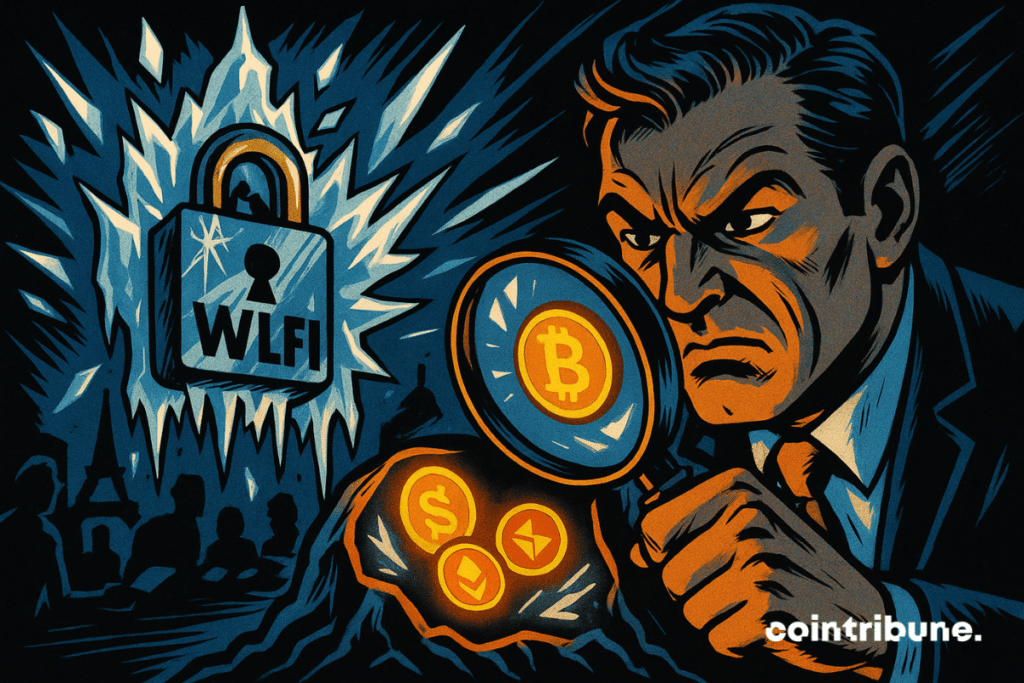WLFI Faces Renewed Centralization Concerns After Wallet Freeze And Asset Reallocation Plan
World Liberty Financial (WLFI), the Trump-backed crypto platform that describes itself as “community governed,” is again facing criticism over how it manages user funds. Recent wallet freezes and an upcoming asset redistribution have intensified long-standing concerns about centralized control. Users remain divided over whether WLFI’s intervention reflects responsible oversight or signals deeper governance problems.

In brief
- WLFI plans to reassign assets from compromised wallets, citing external security failures behind the pre-launch phishing attack.
- Wallets remain frozen unless users complete KYC, with 272 wallets blacklisted as WLFI works to prevent further asset losses.
- Critics say WLFI’s unilateral freeze conflicts with claims of community governance, raising concerns about trust and transparency.
- Supporters argue WLFI acted responsibly to protect users, but questions linger after earlier token unlock decisions in September.
WLFI Addresses Pre-Launch Phishing Attack With Targeted Asset Recovery Plan
WLFI announced that it will reassign assets from wallets compromised in a pre-launch phishing attack. The incident exposed seed phrases belonging to what the platform called a “relatively small subset” of users.
According to WLFI, attackers gained access through external security failures rather than flaws in its own infrastructure or smart contracts. The affected wallets have been frozen since September while the platform conducts its investigation.
Only users who completed Know Your Customer (KYC) verification will regain access to their funds. Accounts without KYC verification will remain locked. WLFI previously blacklisted 272 wallets tied to the incident, stating that its intervention prevented additional losses while it worked with those affected.
Crypto Community Split Over Wallet Freeze and Centralization Fears
Reaction within the crypto community remains split over the platform’s recent action. Some participants see WLFI’s actions as necessary protection following the phishing attack. Others argue the steps contradict the project’s claims about shared governance.
Concerns increased after several X users argued that WLFI’s ability to freeze and reassign assets conflicts with a model built on community oversight. Critics also questioned why these decisions bypassed any form of community voting process.
Traders and developers discussing the situation pointed to several key questions :
- Authority that a “community-governed” project should have over user assets ;
- Whether fund recovery should require an on-chain vote ;
- Long-term trust implications of wallet freezes ;
- Transparency standards for account intervention ;
- How similar incidents might be handled in the future.
Others defended WLFI, saying the platform is taking responsibility instead of distancing itself from the breach. Supporters argue the decision to restore funds stands out in an industry where many projects avoid addressing security failures directly.
Good to see a project actually taking responsibility instead of hiding behind ‘not our fault’. User safety > everything.
Crypto trader DefiBagira
Further scrutiny arises from a separate dispute in September, when WLFI unlocked 24.6 billion tokens, valued at nearly $5 billion at the time, shortly after presenting them as locked. The move caused a sharp but temporary price jump followed by a pullback. And as expected, it also raised questions about the project’s internal decision-making.
Maximize your Cointribune experience with our "Read to Earn" program! For every article you read, earn points and access exclusive rewards. Sign up now and start earning benefits.

James Godstime is a crypto journalist and market analyst with over three years of experience in crypto, Web3, and finance. He simplifies complex and technical ideas to engage readers. Outside of work, he enjoys football and tennis, which he follows passionately.
The views, thoughts, and opinions expressed in this article belong solely to the author, and should not be taken as investment advice. Do your own research before taking any investment decisions.